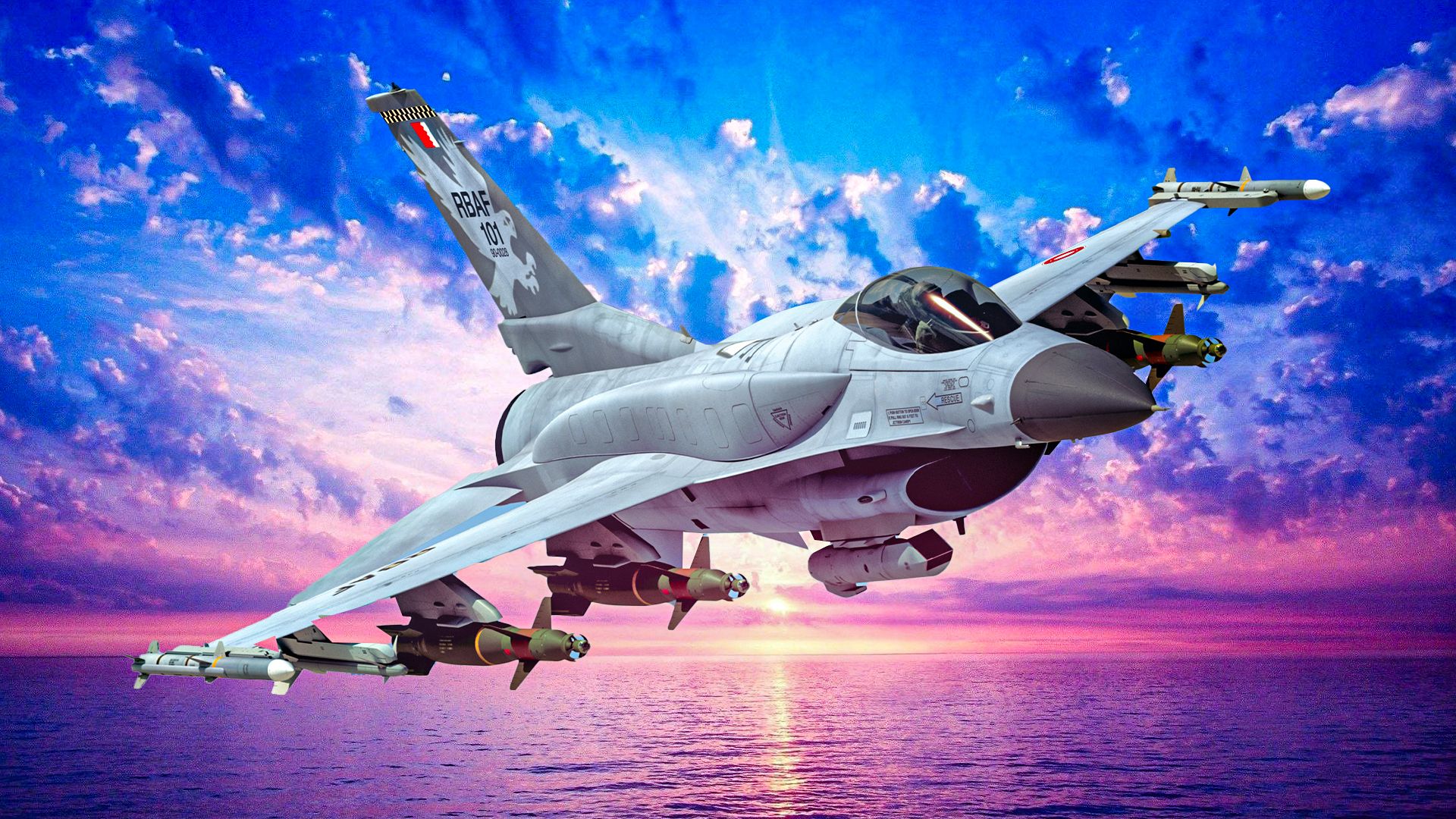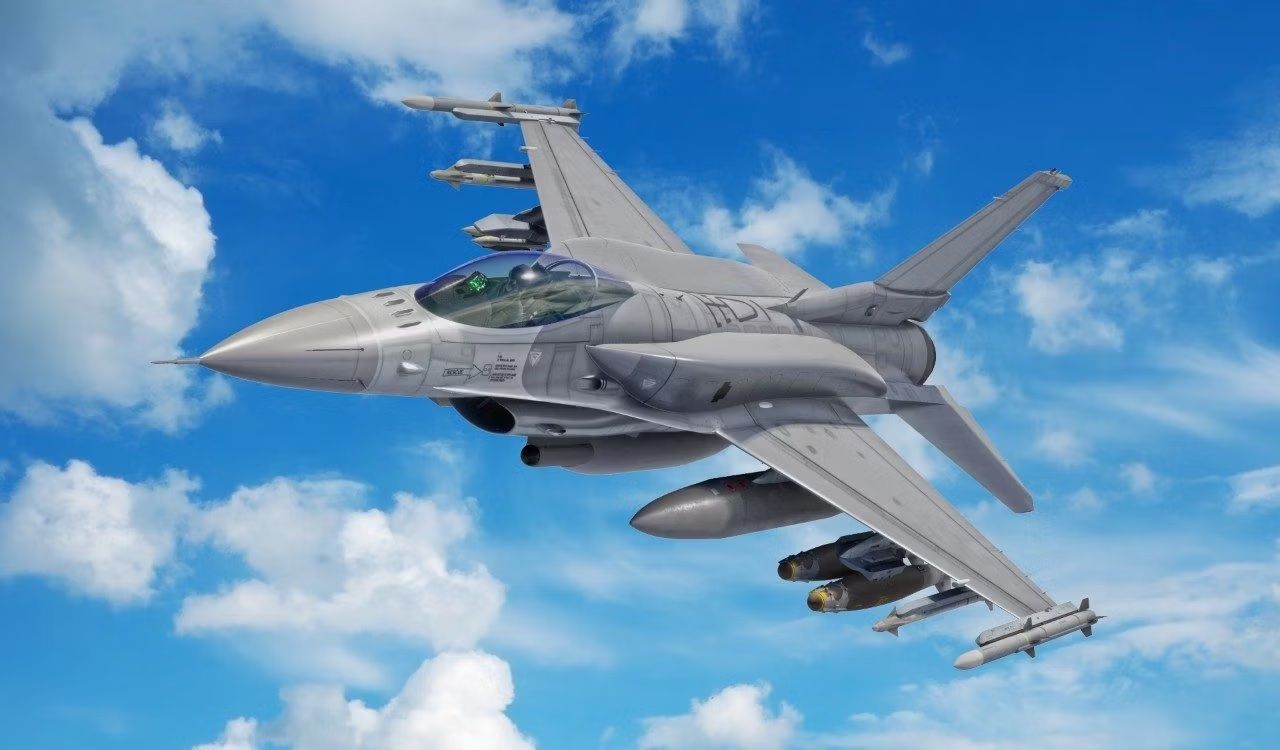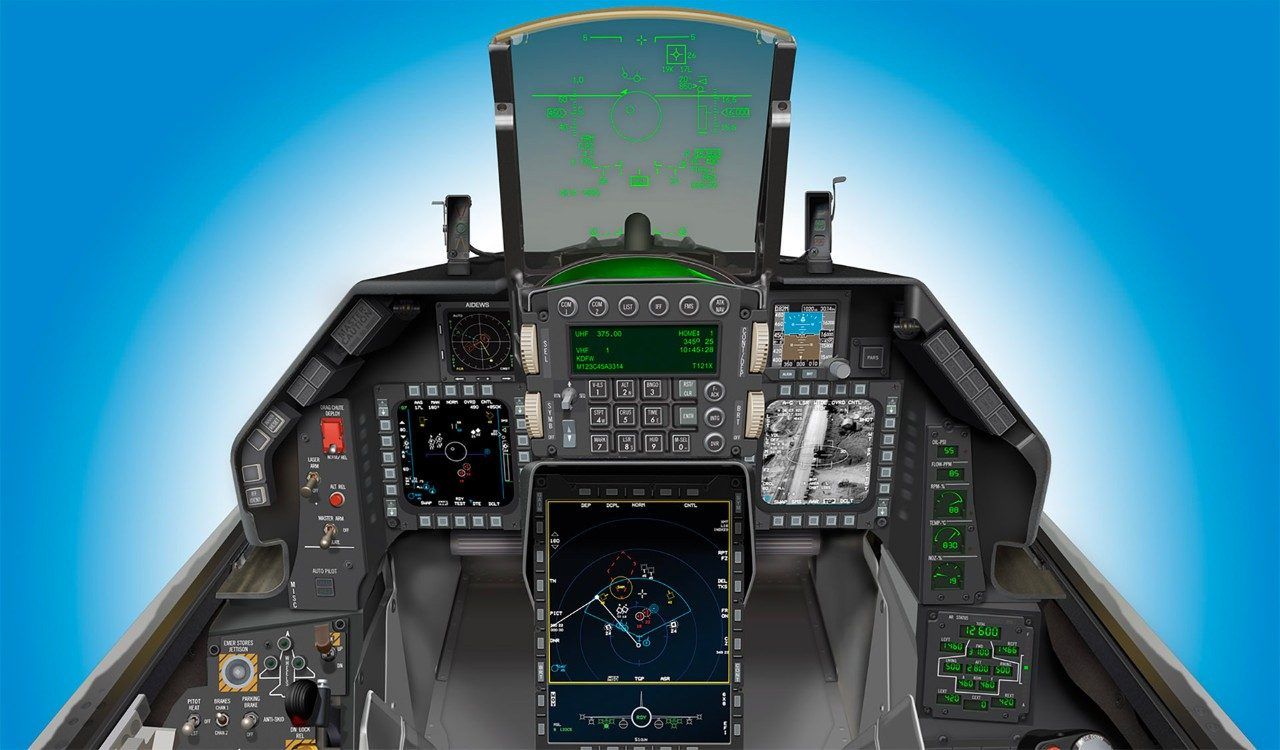Summary
- F-16 Block 70/72 updates improve structural, combat, and safety features, extending service life by 12,000 hours.
- Combat efficiency enhancements include AESA radar and digital radar warning receiver interface.
- Pilot safety on the Block 70 includes precision GPS navigation, an improved autopilot, and Auto GCAS.
The latest iteration of the F-16 Fighting Falcon is equipped with enhanced structural and combat capabilities to enable its services well into the 2060s. The F-16 Block 70/72 models feature advanced weapons, greater operational efficiency, and enhanced safety equipment. New technology onboard the iconic aircraft is expected to extend the service life of those jets by approximately 12,000 hours.
The F-16 Block 70/72 enhancements
- Advanced avionics
- Active Electronically Scanned Array (AESA) radar
- A modernized cockpit
- Enhanced safety features
- Advanced weapons
- Conformal fuel tanks
- An improved performance engine
Photo: Lockheed Martin
The Block 70/72 release improves a wide range of structural, munition, and safety features. A modernized cockpit includes intuitive avionics systems, enabling pilots to have greater situational awareness. The improved engine has greater dispatch reliability and in-flight performance.
Lockheed Martin claims that the new conformal fuel tanks increase the aircraft’s operating range without sacrificing aerodynamic performance. The added fuel weight and its continuous effects on the aircraft’s center of gravity are optimized for performance. This article explores how F-16 Block 70 enhances combat efficiency and pilot safety.
Combat efficiency
- Advanced APG-83 AESA radar
- Digital Radar Warning Receiver (DRWR) interface
- Fifth-generation fighter radar capabilities
- Commonality with F-22 and F-35 AESA radars
It has been over 50 years since the General Dynamics F-16 performed its first flight. Nearly 5,000 F-16s have been produced and delivered to over 30 customers worldwide. While the F-16 began its journey with the technology of the 1970s and 1980s, the type has seen significant improvements, particularly with the advent of digitalization and advancements in satellite communications.
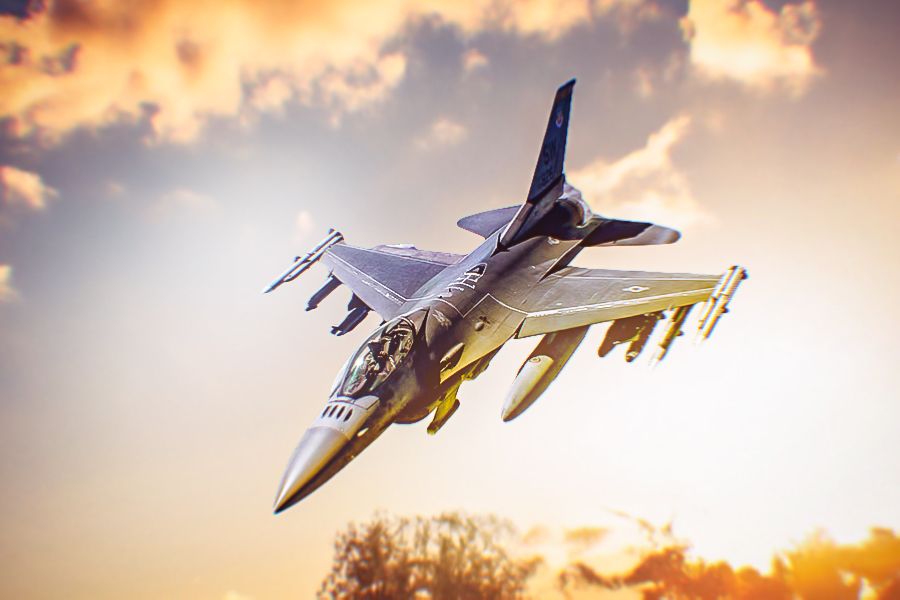
Related
Comparative Analysis: F-16 Block 70 Vs. Other 4th Generation Fighters
F-16 Block 70/72 continue to be produced for air forces around the world and are considered advanced 4.5 generation fighters.
In order to keep up with current capabilities, the Block 70 is incorporated with fifth-generation radar and communications capabilities, making it at par with the most modern F-22 Raptor and F-35 Lightning jets. The aircraft is equipped with advanced Active Electronically Scanned Array (AESA) radar, enabling greater flexibility in modulating and controlling radio waves.
With the use of a transmitter/receiver module, phase signals can be transferred precisely and more accurately. The AESA radar is also integrated with a Viper Shield that enables internal electronic warfare abilities. Lockheed Martin notes,
“Northrop Grumman’s advanced APG-83 AESA radar provides the Block 70/72 with 5th Generation fighter radar capabilities by leveraging hardware and software commonality with F-22 and F-35 AESA radars. It delivers greater situational awareness, flexibility and quicker all-weather targeting and provides pilots with unprecedented target area detail and digital map displays that can be tailored with slew and zoom features.”
Photo: US Air Force
Pilot safety
- Infrared Search and Track (IRST)
- Precision GPS Navigation
- Advanced Common Digital Flight Control Computer
- Enhanced Autopilot/Auto Throttle
- Automatic Ground Collision Avoidance System (Auto GCAS)
The F-16 is one of the most popular fighter jets in the world. Operated by numerous global forces, it is exposed to a wide range of environmental and combat conditions. Pilot safety has significantly increased on the Block 70 version with enhanced digital flight controls and search and track instruments. The manufacturer further says,
“Operational capabilities are enhanced through an advanced datalink, targeting pod and weapons, Infrared Search and Track (IRST); precision GPS navigation and advanced Common Digital Flight Control Computer with an enhanced Autopilot/ Auto Throttle with life-saving Automatic Ground Collision Avoidance System (Auto GCAS).”
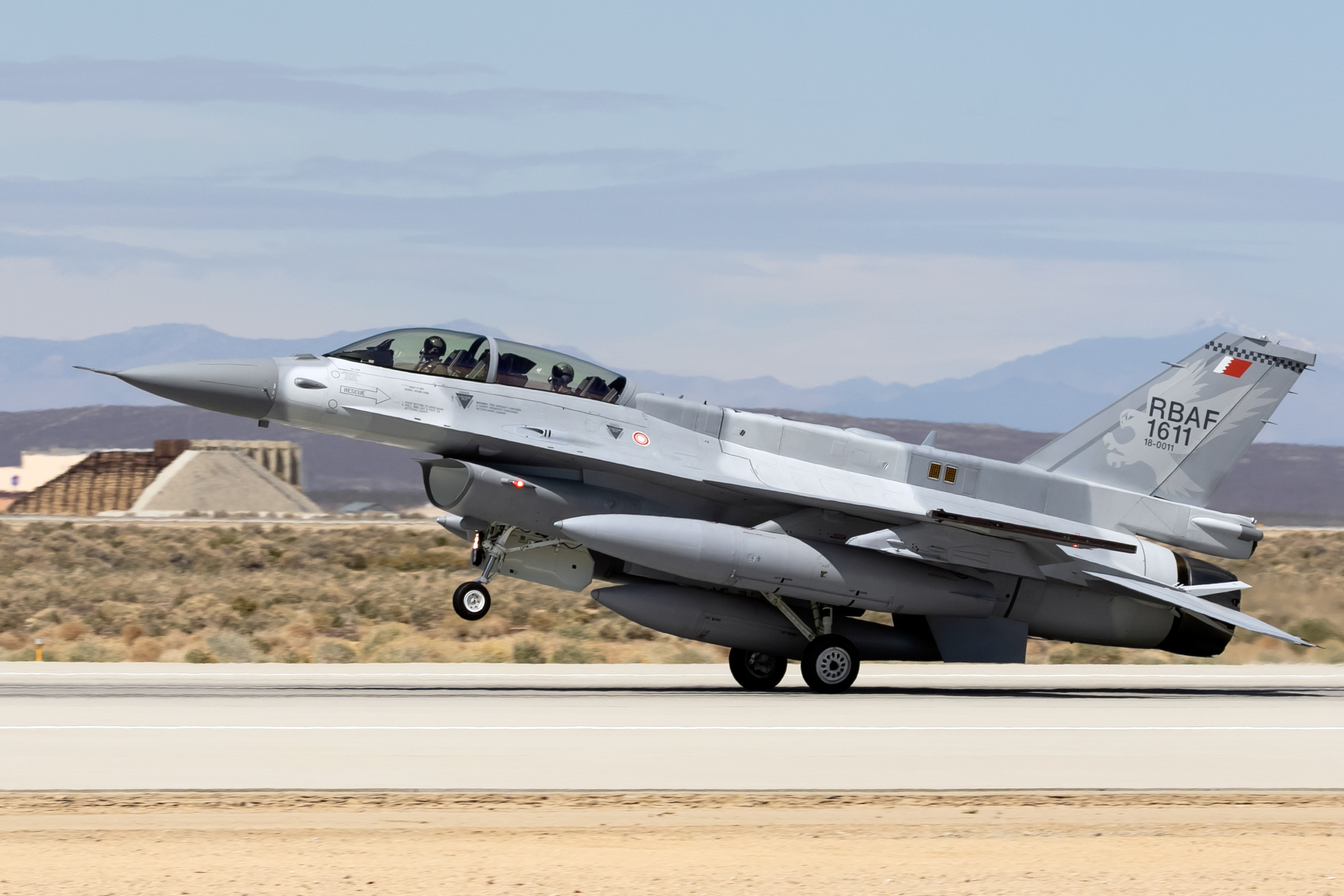
Related
5 Features That Make The Lockheed Martin F-16 Block 70 The Ultimate Viper
The Block 70 model is expected to serve global air forces for at least another four decades.
Block 70 variant also features Auto GCAS to prevent catastrophic accidents during flight. The manufacturer states that the purpose-built Auto GCAS has saved pilots’ lives on multiple occasions since the type’s launch with the United States Air Force (USAF) in 2014.
In-flight battleship awareness
- 6×8 inch Center Pedestal Display (CPD)
- High-resolution imaging
- Color moving maps
- Zoom functionality
Photo: Lockheed Martin
The Auto GCAS enhances situational awareness, prompts pilots to take corrective actions, and guides them through crash-saving regimes during flight. The Auto GCAS minimizes Controlled Flight Into Terrain (CFIT) incidents, which, according to the USAF, have resulted in 75% of pilot fatalities and over 25% of all aircraft losses.
Extending the service life
- Previous generation F-16s: 7,000 – 8,000 hours (25 to 30 years)
- F-16 Block 70: 12,000+ hours (40+ years)
Lockheed Martin claims that the structural capabilities onboard the Block 70 jet are far superior to those of previous-generation aircraft. Therefore, the aircraft’s service life can be extended by more than 50% compared to previous variants without the need for any extended structural repairs.
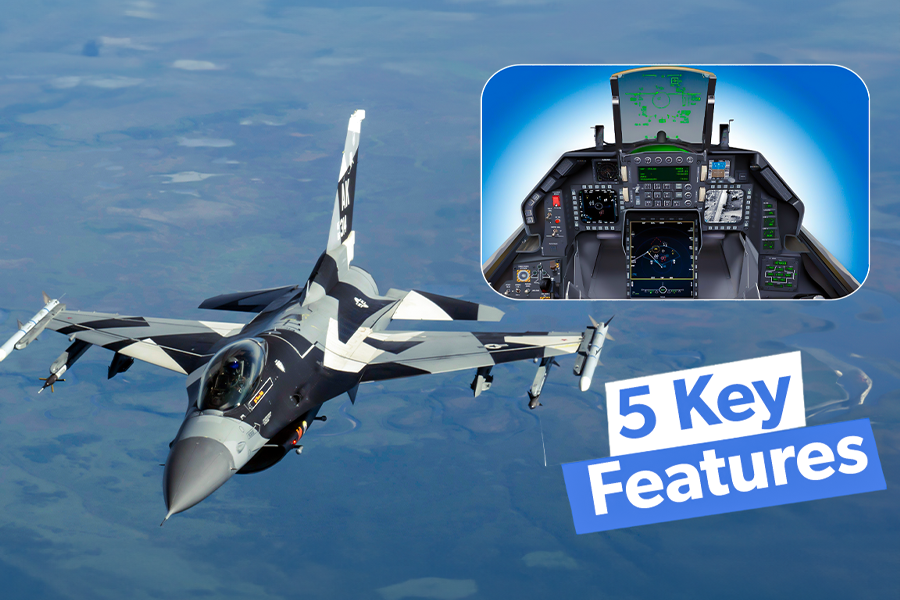
Related
5 Key Features Of The F-16 Fighting Falcon Cockpit
For 50 years the F-16 has been one of the most successful American fighters and its cockpit boasts plenty of interesting features.
As aging F-16s, along with other old-generation jets, retire, new F-16s can not only replace those but also fly for at least 3-4 decades. According to Lockheed Martin,
”New production F-16s leverage structural and capability upgrades that ensure the international F-16 fleet can operate to 2060 and beyond.”
What are your thoughts on combat efficiency and pilot safety enhancements for the F-16 Block 70 aircraft? Share your views in the comments section.

